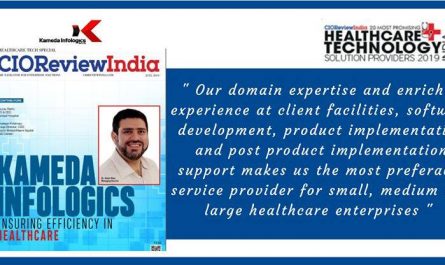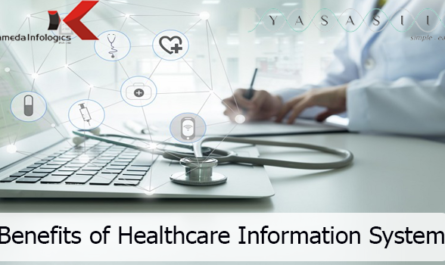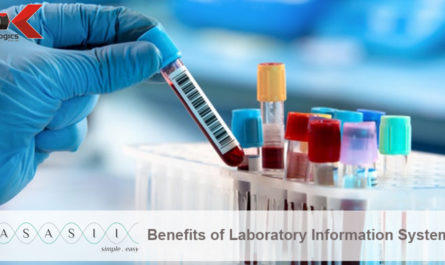Remote Health Monitoring become an inevitable part of today’s health care delivery
system. Remote Health Monitoring is also called Remote Patient Monitoring. Remote
Health Monitoring is beneficial to both the patient as well as healthcare professional
because it helps to monitor the health condition outside clinical setting, for example,
home. So the technology plays a tremendous role in decision making, support, and
health education when it comes to delivering quality care to the patients with chronic
diseases where hospital stay is not possible for long time. Even though it is widely
used in managing patients with long term care, it can be used in patients or
suspected cases who needs social isolation and to be in quarantine. The new novel
coronavirus COVID-19 lead to new innovations in health care and people are
advised to follow social distance measures. In such situations of pandemic, remote
health monitoring is more beneficial. Healthcare professionals can collect data about
his or her condition, can check for signs and symptoms of disease, can educate the
patient regarding precautionary measures, diet, medications etc…
Remote health monitoring is used globally and it became popular because of
COVID-19. Remote health monitoring is easy to implement because most of the
people have smartphones and access to internet.
Benefits of Remote Health Monitoring
Major Benefits of Remote Health Monitoring as follows
Easy Access to healthcare: RHM helps the health professional like doctors and
nurses to treat more number of patients. Patients don’t have to wait to see their
treating physician, instead they can make their booking for the convenient time to
see their doctor to convey their problems related to health
Cutting down the cost related to Healthcare: Since the patient is at home the cost
related to hospitalization can be avoided. This will be more helpful to the people who
don’t have an insurance coverage.
Increased Quality of Care: Remote Health Monitoring ensures better quality of
care for its beneficiaries. It helps to discuss their health care issues to their treating
doctor and nurses, if needed a multi-disciplinary team can involve patient care. For
example, after a complex surgery patient is sent to home and regular health
monitoring is needed by the multi-disciplinary team to ensure quality care to that
individual.
27×4 Support for the patient: Sometimes patients needed support to take
medications, to manage health emergency at home. For example, a patient is getting
medication as continuous infusion for his chronic pain at his home and during the
course of infusion patient became restless. This can be conveyed to the healthcare
team miles away from home and relevant measures can be taken after evaluating
patient’s condition.
Health Education: Flow of communication between an individual and healthcare
professionals plays a major role in treating and managing healthcare issue. A good
and healthy communication alleviates anxiety and depression among patients
related to annoying health related problems. Patients will have hesitations to discuss
their problems in a clinical settings due their anxiety. They forget to discuss the very
essentials things in hospitals. But in remote health monitoring setting they will be
more comfortable to discuss their problems.
COVID-19 pandemic in some countries put the healthcare delivery system in risk.
They don’t have enough healthcare resources like Personal Protective Equipment’s
(PPE) and N95 masks, hospital beds, ventilators, and pulse oximeters. The number
death due to COVID-19 is increasing day by day. It’s believed that, it happened
because of lack of monitoring for the signs and symptoms, not following the advises
given by the government and healthcare professionals, lack of social distancing
etc…
There are many mobile APPs available in the world to tackle COVID-19, it helps to
monitor the individual, track his or her travel history, signs and symptoms,
effectiveness of medications that he or she takes.
The health care as well information technology has developed to a great extent .
Today it’s possible for a physician to check the pulse rate of a patient, can go
through blood investigation reports, x-ray etc… miles away from patient’ home.
Doctor can advise the patient if any treatment modality is needed, titrate his or her
medication and can inform about further follow up.




